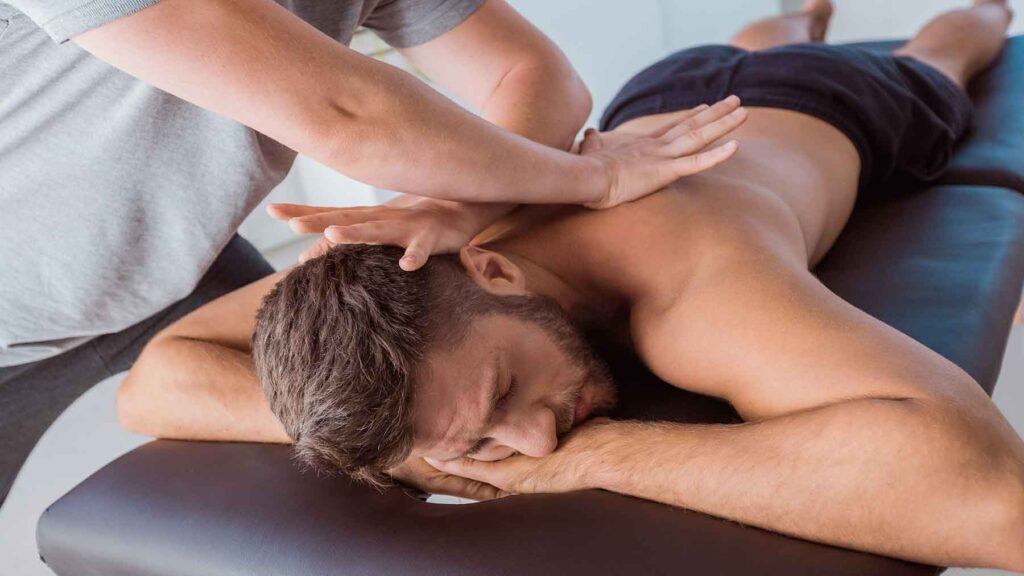Fitness often has a consequence – muscle soreness after workouts. While there are ways to get rid of post-workout pain, one method stands out: massage therapy. So here’s why using this therapy can be a game-changer in fitness routines.

Understanding Muscle Soreness
Muscle soreness post-exercise is not merely a sign of exhaustion. It’s a sign of the body’s muscle repair and strengthening process. Micro-tears in muscle fibers caused by physical activity can cause inflammation. From that, it can lead to that pretty familiar feeling of soreness.
So instead of being a sign to stop your physical activities, this is your body’s way of adapting to enhance endurance and strength. However, you must still manage this soreness to prevent discomfort from your workout routines.
The Science Behind Massage Therapy
- Enhancing Blood Flow
Improved blood flow boosts the delivery of nutrients and oxygen to your tired muscles. This can help in the repair of micro-tears to reduce recovery time. Moreover, the removal of waste products, such as lactic acid, is expedited, further diminishing feelings of soreness and fatigue.
- Reducing Inflammation
Through manipulation of your muscle tissue, massage can effectively boost the production of mitochondria. They refer to the powerhouses of the cell that play a role in reducing inflammation. This biochemical process not only gets rid of pain but also leads to a quicker recovery phase. This will enable you to go back to your training regimen sooner.
- Stress Reduction and Relaxation
Engaging in regular massage sessions can lower cortisol levels. This refers to your body’s primary stress hormone. This can also boost the production of endorphins, also known as ‘feel-good’ hormones. This hormonal shift not only promotes relaxation and well-being. it also enhances mood and resilience against exercise-induced fatigue.
Massage Therapy For Fitness Needs
- Selecting the Right Massage Technique
Not all massages are made equal, especially when it comes to workout recovery. For one, techniques like Swedish massage are known for their gentle, flowing strokes. It is ideal for inducing relaxation and improving circulation.
For deeper muscle issues, a sports massage can be more helpful. However, you need to consult with a licensed massage therapist first to determine the right technique. That’s because they are based on your fitness goals and recovery needs.
- Using Massage In a Recovery Routine
For the best results, using massage therapy in post-workout recovery is recommended. Timing can play a role in effectiveness. While immediate post-workout massages can reduce muscle soreness, regular sessions on rest days can boost recovery and performance. Consistency in massage is needed to achieve its long-term benefits – which include injury prevention and better flexibility.


